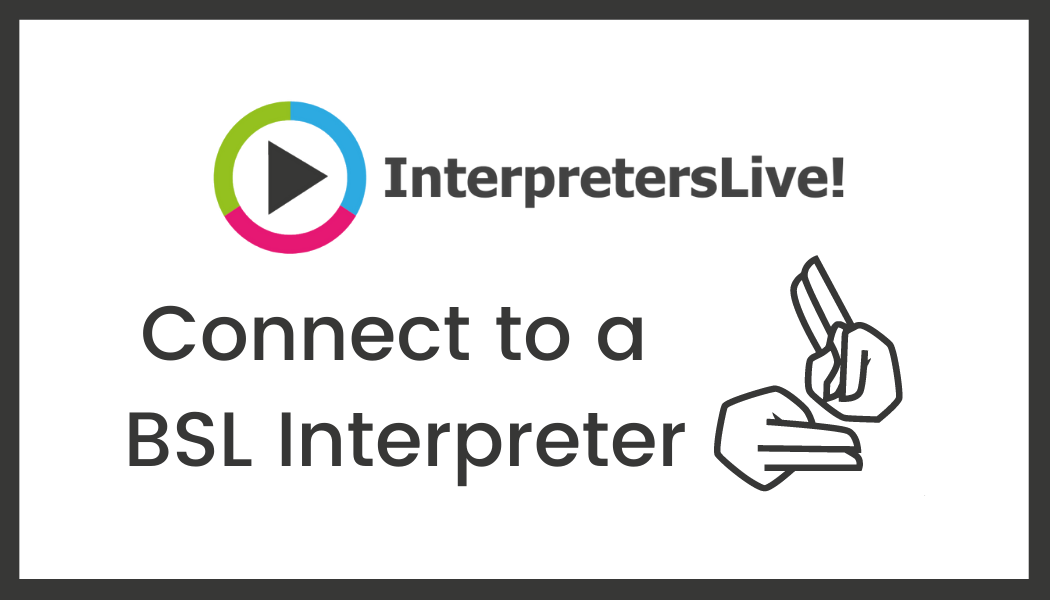
Ageism is a form of discrimination that often goes unnoticed, yet it is one of the most experienced forms of discrimination in the UK.
As Today's workforce becomes increasingly complex and multi-generational, older workers with decades of experience and expertise are still finding themselves overlooked and undervalued by recruiters and hiring managers.
A recent study by 55/ Redefined found that 65% of employees believe the job market is closed to them when applying for roles aged over 55. Since the pandemic, many employers have been reversing their progress on hiring and training older workers, instead preferring to hire and train younger employees. This raises questions about how organisations can overhaul their attitudes to employing older staff and ensure they feel valued and respected in the workplace.
Today we look at how to ensure your workplace is age-discrimination free. This will involve examining both your recruitment process and your internal team.
There are several audiences involved in the recruitment process. To tackle ageism, let’s begin by talking about actionable ways to improve the supply and demand of older candidates in your recruitment process.
1. Include inclusive language and imagery in your Job specifications
Job specifications are an important part of finding qualified candidates, but for candidates, a job specification is an indication of the company’s values and culture, which will be the determining factor in whether to apply for a job.
Using terms like fast-paced, active, young, and age-related terminology in a job specification signals that you are looking for someone of a certain age. It implies to candidates that your company lacks an age-inclusive environment, which could deter potentially qualified candidates from applying. This could result in fewer qualified applicants being interviewed, which would ultimately impair your HR team’s ability to fill the position.
Therefore, it is important to ensure your job specifications are well written in sensitive, thoughtful, and inclusive language.
What language should you use?
- Use more neutral terms like knowledgeable, dependable, driven, which would appeal to both older and younger candidates
- Avoid criteria like “recent graduate” and “10 years of experience” as this inappropriately excludes certain age groups and undermines the fact that older candidates have transferable skills.
Candidates need to feel that your company is an inclusive workplace that considers all applicants regardless of age, gender, ethnicity, and disability, which will help avoid age discrimination or exclusion in the hiring process.
If you don't have a pool of experienced older workers, you may find yourself at a disadvantage. Older employees are a valuable asset to your business and can provide experience and wisdom that younger employees may not have.
By recruiting and nurturing talented older employees, you will ensure your business's viability in the future and represent a demographic shift that is rapidly occurring.
2. Assess candidates based on their soft skills, behaviour, motivation, and cultural fit, rather than previous experience and technical fit.
It is widely known that when recruiting candidates, the technical fit is a top priority for companies. However, it's important for your HR department to consider their soft skills (such as motivation and behaviour) and cultural fit (whether they'll feel comfortable in your company culture). This way, you're more likely to find the best candidate for the position, regardless of their age.
Additionally, adopting a hiring protocol like “hire for culture fit, train for skills” will also help older workers struggling to enter new industries.
According to Work/Redefined, 65% of employers will only hire people already experienced in the specific role and will not train a technical role or industry skills for the 55+ age group.
This means that HR leaders basing older workers on their soft skills instead of technical fit could help them overcome this barrier.
For the first two actionable tasks to work effectively and tackle ageism, there are some things you will want to put in place internally to create an inclusive and age-diverse workplace. Let’s move on to examining your team and the internal side of this conversation!
3. Rain awareness of unconscious bias and encourage your teams to become age-aware.
Research has revealed that hiring managers tend to hire people who remind them of themselves which reduces the potential to hire older candidates. This is because it is often difficult for us to recognise age bias in our behaviour and we are often deeply ingrained with old ways of thinking.
To ensure that our teams are as age-aware as possible, we need to be aware of our own unconscious biases. This means learning how to avoid age-related biases in the ways that we interact with others.
It must be managed effectively in your organisations, from whom you choose to employ, who you choose to promote, which members of the team you ‘prefer’ working with and how members of your team engage with each other.
A good way to do this is to implement training on the issue, so everyone is aware of it and ready to respond when they see it happening. By providing the necessary tools and foundations, team members will become aware of their own biases and how they may be affecting their decision-making. This will help them to make more conscious decisions and improve the organization's overall productivity.
In order to make change happen, everyone has to be involved. By working together to address ageism, you'll help ensure a safe and inclusive environment for all employees.
If you're looking for advice on your training needs, Level= has you covered. We offer diversity, equality and inclusion (DEI) consultancy and training to help your workforces become as inclusive as possible.
Click here for more information.
4. Implement programs like Employee Resource Groups (ERG)
There is no doubt that ageism is a growing problem in workplaces and can be one of the biggest causes of high labour turnover amongst older workers. One way to combat this problem is through the implementation of Employee Resource Groups (ERGs). ERGs are groups of employees who come together to share knowledge and resources, and they can be a great way to get older workers involved in the workplace.
The enforcement of ERG can help your DEI solutions recognise the intersectionality between generations, age, and other diversity aspects. It can also benefit your company in several ways:
- It can help address age-inclusion issues across teams.
- Create an inclusive environment where all members are treated fairly and with respect.
- Help team members learn about different experiences, cultures and backgrounds, so that they can better understand and appreciate different perspectives.
- It cultivates and preserves existing diverse talent.
5. Create an anti-discrimination policy
Creating an anti-discrimination policy is important not only to protect employees from discrimination but also to send a clear message that age is not a factor in determining worth or ability.
Employers who want to be effective in their anti-discrimination policies must have a reporting system in place to identify and address any instances of discrimination. The system should also have a conductive structure that monitors employee behaviour, investigates complaints, and takes appropriate action.
The policy should include setting clear expectations for behaviour and consequences for violating them, as well as monitoring training related to age-based discrimination. By taking steps to prevent and address ageism in the workplace, companies can create a more inclusive environment for all employees.
6. Hire a consciously inclusive talent acquisition solution
Here at level=, it's our mission to help every sports organisation, regardless of size or scope, bring diversity and inclusion to their leadership and broader teams.
Our talent debiased approach and process has resulted in:
- A 70% increase in applications from ethnically diverse backgrounds
- A 90% positive average candidate experience
- 93% retention rate after on year
Find out more about how we support employers and help them implement effective ED&I policies that act on inclusion. Contact us here or email hello@levelequals.com.
Remember – creating a diverse workforce leads to higher engagement, greater productivity and is better professionally and personally for every member of your team.




